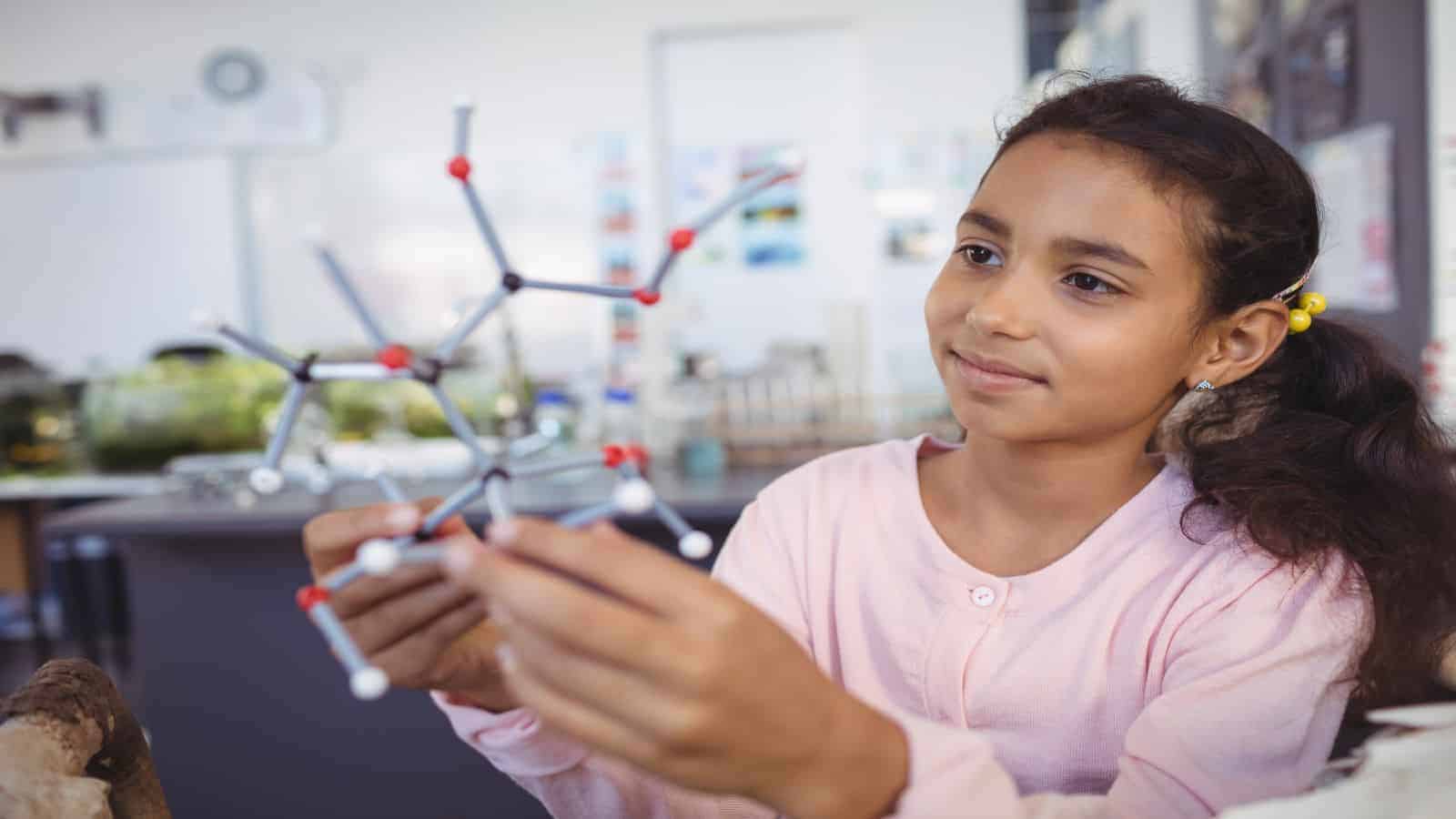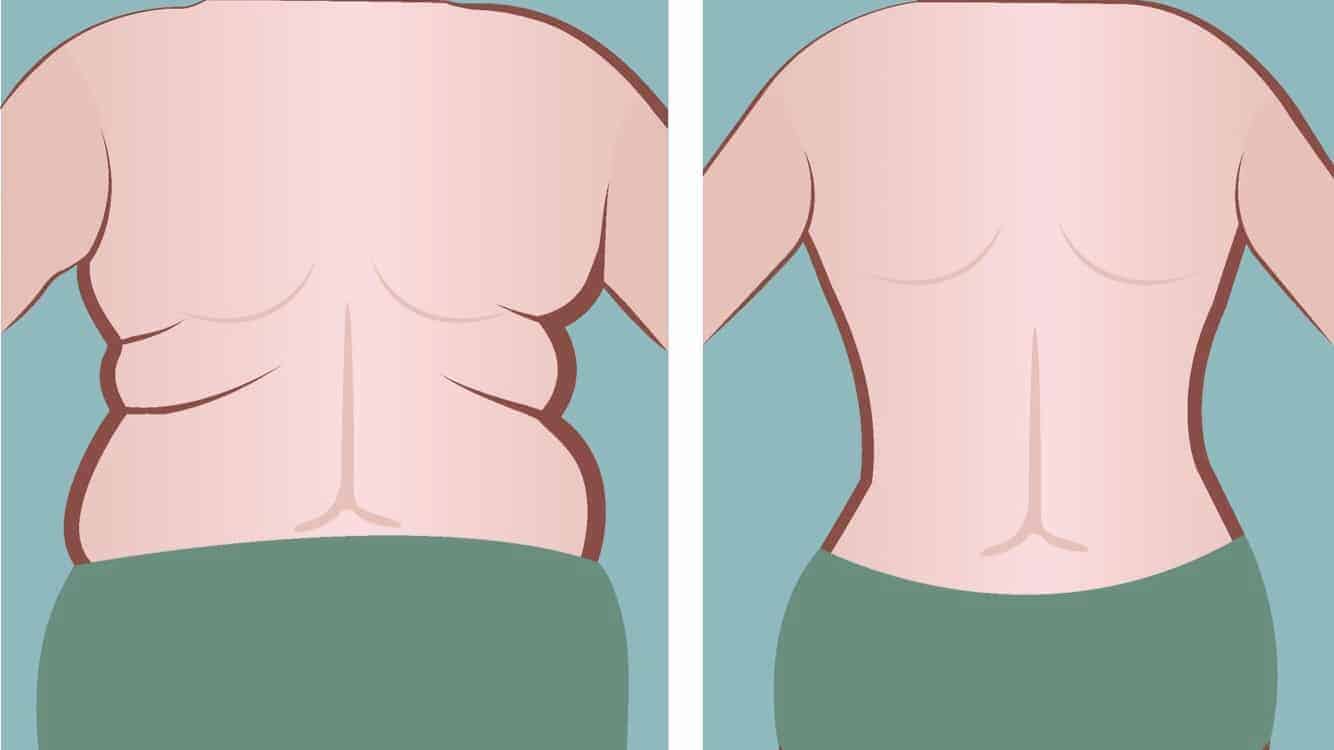Remember the fascinating things you learned in science class at school? When you have science experiments to do with kids at home, you can share amazing facts about our world. These fun activities and science projects are ideal for weekend enrichment or homeschooling assignments.
Children are intrinsically curious about their environment and how things work, so science is often their favorite subject. Doing science experiments at home appeal to all learning styles and can be tailored by age and learning levels. You may also choose experiments for your children according to their scientific interests.
You needn’t be Einstein or conduct experiments in a state-of-the-art laboratory. Many science experiments to do with kids can be done with everyday objects at home. Be sure that your science experiments are age-appropriate and performed with adult supervision.
Your children may have a science project due for school or as a homeschooling project. Maybe you want to learn something while having fun on a rainy day. Either way, you will be spending quality time with your gang while imparting valuable knowledge.
Perhaps you can make these experiments an exciting family hobby. Put on your lab coats, don your goggles, and light up the Bunsen burners. It’s time to discover the world with these ten science experiments to do with your kids that they will enjoy.
10 Fun Science Experiments for the Kids
1. Potato Power Battery
Who would have guessed that the humble potato could generate enough electricity to power a small clock? This enlightening experiment uses things you probably have around the house. Your kids will need two large fresh potatoes, two zinc nails, a tiny battery LED clock, and two bulky copper wires 6-8 inches long attached to alligator clips.
On a clean counter space, arrange the potatoes and push a nail into one side of each potato. Now, push one end of copper wire into the opposite end of the potato. Take the battery out of the clock and set it aside.
Place one alligator clip on the positive pole of the clock and the other clip on the negative. Watch your kids’ amazement when the clock lights up and works. Explain to them the basic principles of electricity and how the potato’s acid and the copper conduct it.
2. Weather Watcher: Tornado in a Bottle
Science experiments to do with kids at home can be perfect tools for learning about the weather. Natural disasters such as tornadoes are just as fascinating for children as they are frightening. Learning the science behind it helps kids process their fears better.
Science experiments with kids need not be messy. Give each child two clean 2-liter bottles with a connector you can find inexpensively online. Fill one of the bottles with water, a few drops of food coloring, and some glitter. Spin the mixture in the top bottle and set it upright on a flat surface.
The whirling motion creates a miniature tornado as air moves upward, and the liquid splashes into the bottom bottle. This experiment demonstrates how the collision of warm air and cold air creates an angry vortex in a thunderstorm.
3. Slime Time
What is it about neon-colored gooey slime that appeals to kids of all ages? Are you struggling to find science experiments to do with kids? This project is one of the science experiments to do with kids that teaches a lesson and makes a fun toy. You could buy a pricey container of slime in the store or make it for pennies at home.
You can find countless recipes for homemade slime online. However, most of them will include school glue, water, borax, and a little food coloring. You can glam your slime up a little with glitter and Styrofoam pellets. Make a big batch to divide between the kids and explain how the borax makes the glue’s molecules cling into one blob.
4. Germ Buster
How many times have you reminded your children to wash their hands? How about conducting a zany science experiment to illustrate the germ buster principle? Your kids will get a visual of how soap can repel germs.
Fill a small bowl with water and sprinkle the surface with a little black pepper. Now, place a bit of hand soap on the tip of your index finger and lightly touch the water’s surface. The pepper will instantly be repelled to the sides of the bowl because of the dense soap breaking surface tension.
Explain how washing your hands with soap and water repel microscopic bacteria and viruses. Reiterate the importance of when their hands should be washed and how to wash them. Scrubbing their hands to the tune of Happy Birthday completes the necessary 20-second rule.
5. Tasty Science: Homemade Ice Cream
Did you realize that we need scientific reactions to make some of our favorite foods? This idea is a yummy science experiment to do with kids that they will want to do often. They will be amazed to find out the process that creates ice cream.
Instead of purchasing a pricey ice cream maker, all you need is simple ingredients, ice, rock salt, a pint-sized resealable plastic bag, and a gallon-sized one. Use your favorite ice cream recipe and modify it for about two servings.
Fill the gallon bag halfway with ice and about six tablespoons of rock salt. Mix the ice cream ingredients in a measuring cup, pour it in the small bag, and bury it in the ice. Churn it in your hands for a few minutes, and you will have an amazing mixture that tastes great.
6. Freeze Water Instantly
Your children know that it takes time for water to freeze. However, there is a neat trick that you can do to speed up that process. You need some purified water, and you cool it to where it’s just below 32 degrees, or the freezing point. Then, all you need to do is place an ice cube in the water or shake the water a bit, and it will flash freeze.
Your children will think they have superpowers when they can turn water into a frozen mixture with a quick maneuver. There are so many science experiments to do with kids and so little time.
7. Make a Lava Lamp
One of the best science experiments to do with kids is making a lava lamp. Lava lamps are amazing to watch, but you can make them in the comfort of your home. All you need is a 2-liter bottle, some cooking oil, food coloring, water, and Alka Seltzer tablets.
Start by filling the bottle to about three-fourths of the way full of vegetable or canola oil. Next, you want to finish filling the bottle with water from your tap. Add a few drops of food coloring to the mixture. The oil and water constantly battle inside the container, which makes it dance.
The food coloring will gravitate to the oil, so the movements are colored. Lastly, add the Alka Seltzer tablets. If you want to make the show even more spectacular, then you can add some glitter of any color. Also, putting a flashlight behind it can make it look like a real lava lamp. You can do this at home without spending a dime.
8. Create Elephant Toothpaste
Have you ever heard of elephant toothpaste? The foaming reaction that this science experiment gives is as fascinating as watching a rocket shoot from a cannon. All you need is to take dish soap, food coloring, warm water, yeast, and hydrogen peroxide.
Take three tablespoons of water, a few squirts of dish soap, and some food coloring into a bottle. Then, add one-half of a cup of hydrogen peroxide to the mixture. Mix everything thoroughly. Last, you want to pour the yeast into the bottle.
It’s best to use a funnel to ensure the yeast doesn’t get everywhere. Then, wait for the chemical reaction to begin. The foaming wonder makes a spectacular sight that your children will enjoy.
9. Soap Clouds
Ivory is one of the purest soaps out there. Put the soap in the microwave oven and set it on the popcorn setting. The soap will begin to burst and make puffy clouds. The chemical reaction the soap has from the heat is spectacular.
Children will love watching the soap explode into a puffy mixture they can play with for hours. Plus, they can take it in the shower and wash with this uniquely created soap mass too.
10. Magic Mud
If your children always want to play in the mud, then you might want to consider making a cleaner version for them to explore. Magic mud is unlike anything you’ve ever seen. To do this project, you will need some food coloring, one cup of water, and two cups of cornstarch.
You can use whatever food coloring you want to get the color you desire. If you want it to resemble mud, indeed, then you should use brown or black. Make sure to let your kids mix it with their hands and make several colored batches to have all sorts of fun.
It’s very similar to play dough, and they will enjoy designed amazing creations.
Final Thoughts: These Science Experiments Are Fun and Educational for Your Children on a Rainy Day
Whether you’re stuck inside because it’s raining or you are sheltering-in-place, then these activities will be a fun way for you and your child to explore many fabulous science projects. There are so many science experiments to do with kids that you can fill all those long days with plenty of fun.



















